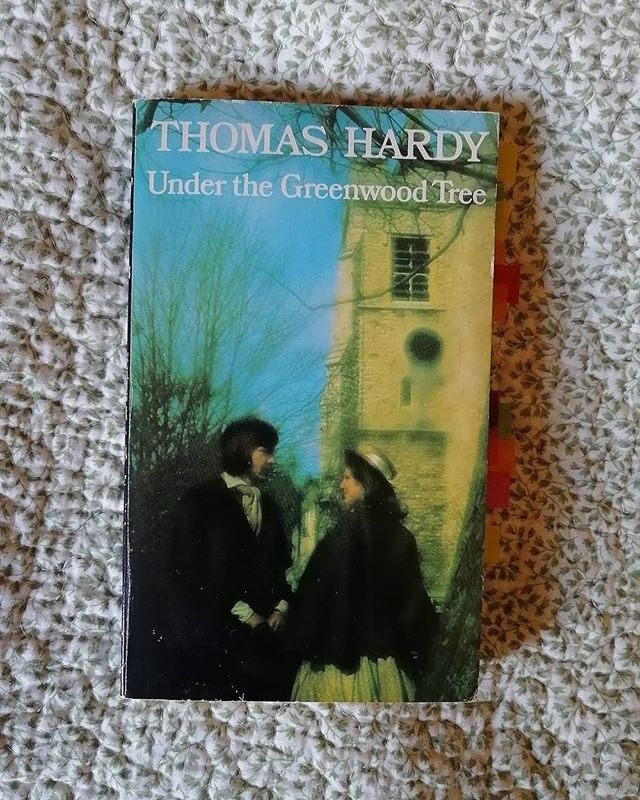In my previous post, I offered a few pointers to help English students get started with classic literature.
Can I recommend some good classics to start with? Of course!
When I conducted a bookshelf search, I immediately came across Under the Greenwood Tree (1872), one of Thomas Hardy’s early works and a good choice for most intermediate English readers.
👉 You will find a list of some useful vocabulary in the next post to help with understanding the text.
But as always, focus on the GREATER PICTURE rather than on specific words; pay attention to the direction of the story and the atmosphere that you are made to feel.
The paragraphs quoted below describe one of the first scenes in the book: it is Christmas Eve, and a group of men from a small village prepare to sing for their neighbours, house after house. (This was part of a rural tradition in the area; Hardy is famous for his historic descriptions of life in the English countryside in the late 1800s.)
Here it is – enjoy!
📗 ‘
Just before the clock struck twelve, they [lit] the lanterns and started. The moon, in her third quarter, had risen since the snowstorm, but the dense accumulation of snow [clouds] weakened her power to a faint twilight, which was rather pervasive of the landscape than traceable to the sky. The breeze had gone down, and the rustle of their feet and [the] tones of their speech echoed with an alert rebound from every post, boundary stone, and ancient wall they passed, even where the distance of the echo’s origin was less than a few yards. Beyond their own slight noises, nothing was to be heard, save the occasional bark of foxes in the direction of Yalbury Wood or the brush of a rabbit among the grass now and then, as it scampered out of their way.
📗 Then [they] passed forth into the quiet night an ancient and time-worn hymn, embodying a quaint Christianity in words orally transmitted from father to son through several generations down to the present characters, who sang them out right earnestly…’
– Thomas Hardy, Under the Greenwood Tree, Chapter IV




